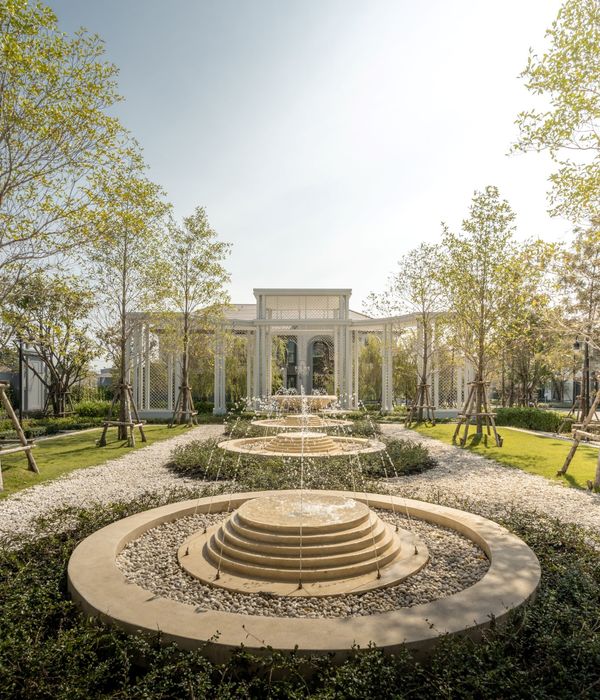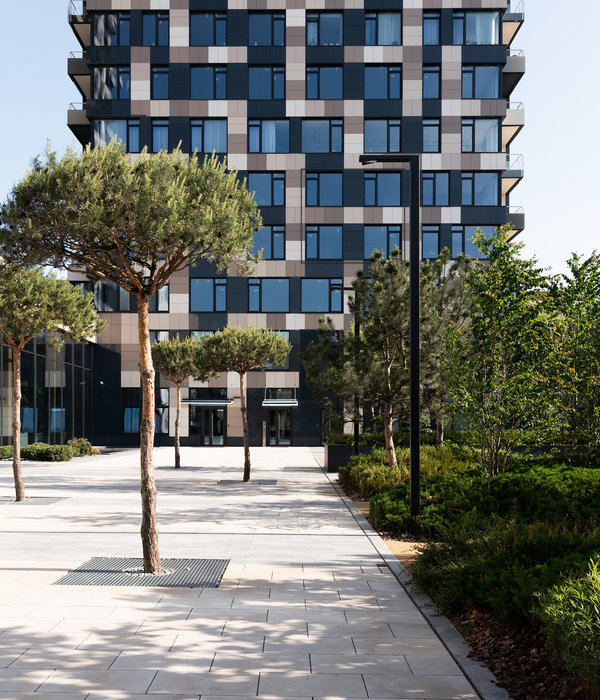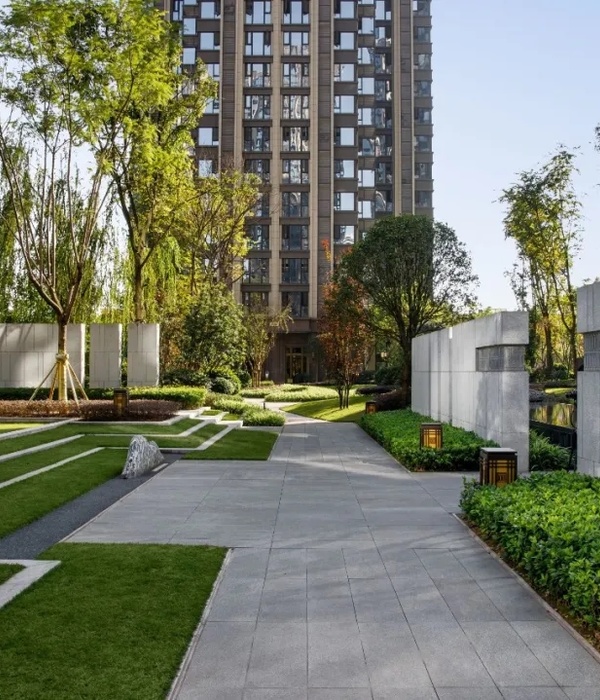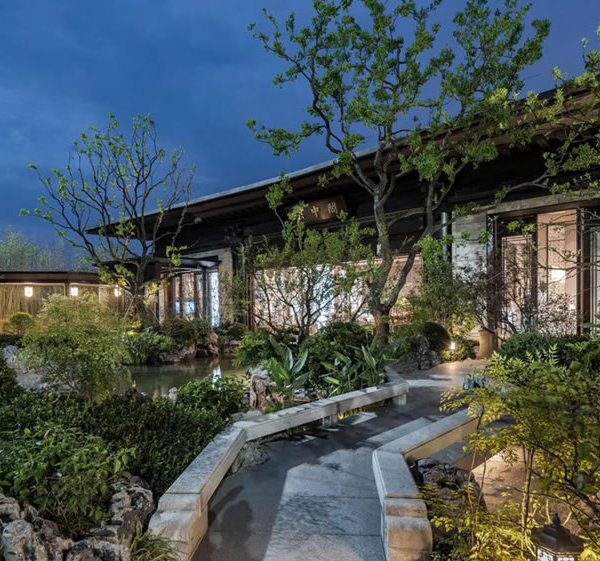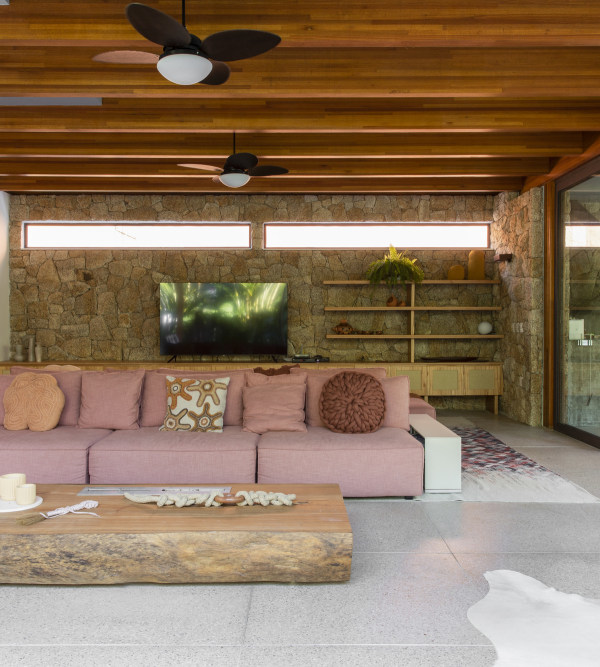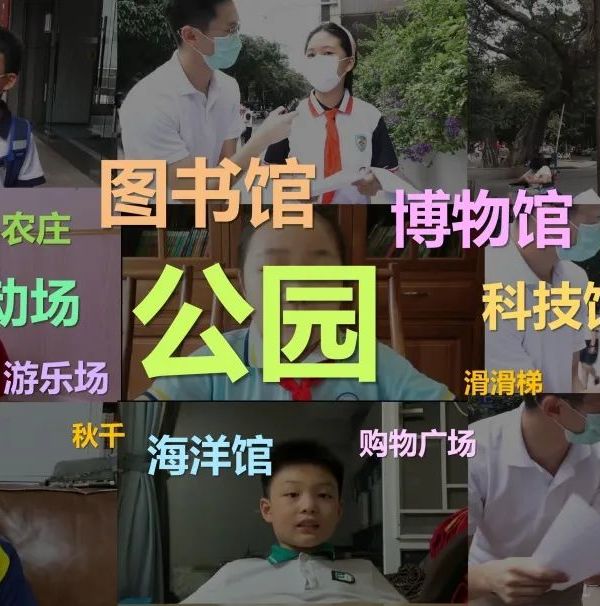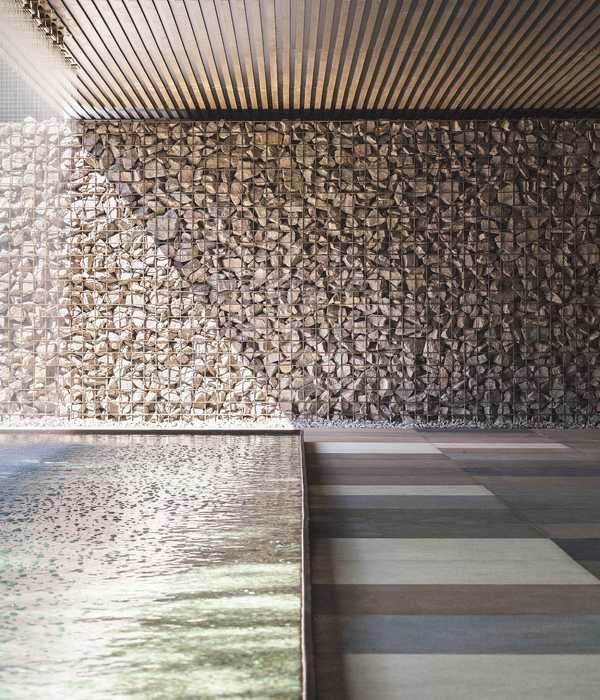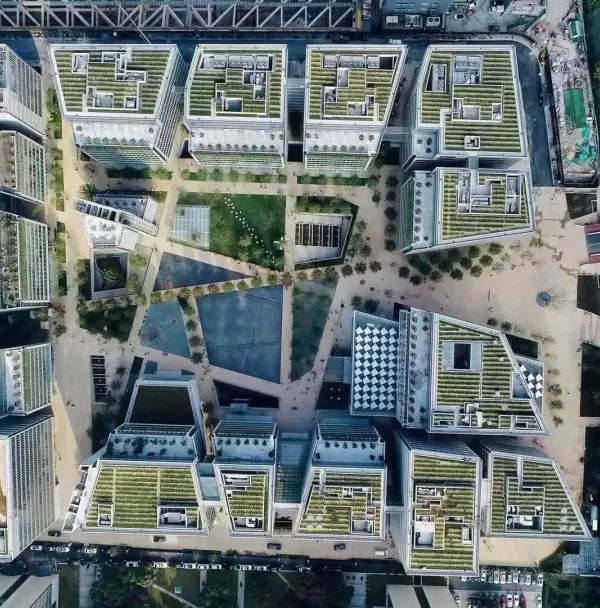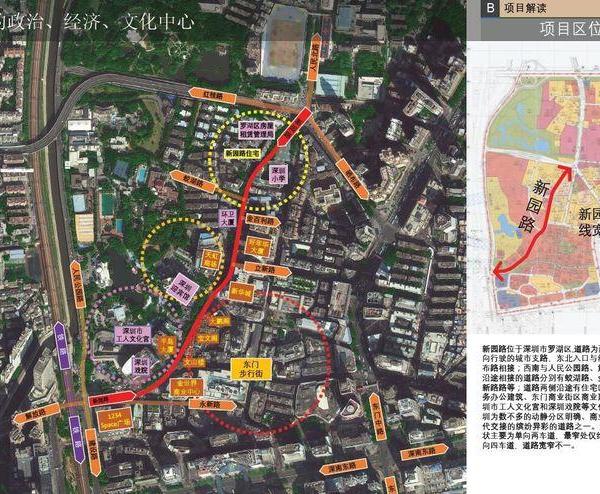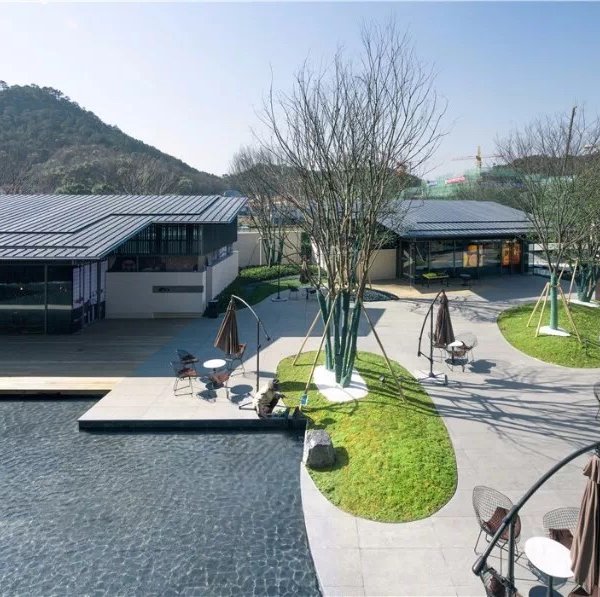- 项目名称:雄安万科绿色研究发展中心
- 项目地址:雄安新区·雄县
- 设计时间:2017年12月
- 建成时间:2018年3月
- 业主单位:雄安万科绿色研究发展中心
- 设计单位:阿普贝思(北京)建筑景观设计咨询有限公司
- 施工单位:唐山东方豪门园林工程有限公司北京分公司
- 总设计师:邹裕波
- 设计主创:刘砾莎
- 设计团队:王凯,肖琳,谭斌杰,杨晓辉,高灵敏,孙存林,王超凯
- 摄影:高文仲
创新,每每由社会需求推动。作为探讨海绵城市的高颜值生态景观呈现——“雨水街坊”是阿普贝思继””雨水花园””作为海绵城市细胞体基础上的理念与技术的核心升华,是集生态景观、建筑艺术、创新技术、雨洪管理、悦享休憩于一体,使园区极具张力的发挥自然“弹性”,形成优异的生态水系统循环,轻松实现在城市遇见自然的美好愿望。
Innovation is always driven by social needs. UP+S regenerates Rain Garden which had performed as the basic cell in Sponge City practice and develops a new attractive ecological landscape version. The renewed Rainwater Neighborhood is an update organism in theory and technology and becomes a landscape model that combines of ecological function, architectural art, technology innovation, stormwater management, as well as providing qualified space for social recreation. It manages effective eco-water treatment system on the site that turns the park to be of great resilient in terms of rainwater management. The wildness appearance facilitates people to explore of nature in city.
▼雨水花园概览,Rain garden overview
雄安作为中国的一张名片,其“世界眼光、国际标准、中国特色、高点定位”的总体要求,激发了无数人对未来城市的憧憬。坐落京津冀腹地,这里要探讨华北地区缺水、污染的自然问题,并要探讨京津冀人口疏散的社会问题,还将以此为试点探讨未来中国中小城镇空间模式问题。从2017年12月到2018年3月,由万科与阿普贝思历时3个多月的努力协作,将自然生态的新型景观——“雨水街坊”落地雄安。
As a remarkable Chinese state-level New Area, Xiongan development calls for “world vision, international standards, Chinese characteristics and high goals” in planning and construction that has inspired imaginations for its future. Xiongan is located in the hinterland of Beijing-Tianjin-Hebei triangle, and meets the environmental problems of water shortage and pollution in North China. Placing consideration of the social trend of population evacuation within Beijing-Tianjin-Hebei and development of small and medium-sized cities and towns in China, Vanke and UP+S collaborated and launched the new ecology landscape model – Rainwater Neighborhood in their project. The design and construction was completed in three months from December 2017 to March 2018.
▼自然生态的新型景观——“雨水街坊”,The new ecology landscape model – Rainwater Neighborhood
设计团队采用低影响开发基底系统来统领“雨水街坊”整个项目的环境内涵。尊重自然性,追求低投入、低维护、低影响开发理念,注重人性化的自然体验和互动参与,尊重文化和地域性。将景观和雨洪管理结合,打造面向未来的新型景观。
Low Impact Development (LID) strategy is applied as the basic principal in running of the whole project of Rainwater Neighborhood. The design aims to respect of nature, reduce capital inputs and maintenance budgets, as well as placing eyes on humanized natural experience and interactive participation. It makes goals of integrating culture and local characteristics in the design. This model combines landscape with stormwater management as a whole and is potential to be a new type of landscape for the future.
▼将景观和雨洪管理结合,打造面向未来的新型景观,This model combines landscape with stormwater management as a whole and is potential to be a new type of landscape for the future
以可持续景观理念探索生态景观的落地性。用雨水街坊方式综合解决海绵城市要求的景观营造;结合景观EPC的工作方式,设计与施工紧密结合,达到效果一致、省时间、省成本的目的。景观结合文化与技术表达,引导人们参与互动,让景观促进生活美好。
The target of this practice is to explore how to develop of Sponge City in the real world by following concept of sustainable development in landscape design. The Rainwater Neighborhood is well designed to meet functional requirements while creating attractive neighborhood landscape. Taking EPC as a reference, the project design and construction are tightly combined together which is beneficial for keeping consistency, as well as reducing project design-construction cycle and budget cost. Culture experience and technical innovation are well fitted in the environment, which makes the landscape be friendly for people to be involved and participated. In the sense of it, the landscape practice makes life better.
▼雨水花园溢流点,Overflow point
着眼于雄安新区智慧生态之城发展定位,“雨水街坊”是适合于一万到十万平米级别的社区、园区和街区等具有生态和文化需求的景观类型。作为阿普贝思“雨水花园”的升级版,“雨水街坊”是雨洪设施的景观化处理,更是城市生态机体至臻完美的升级再造。而“海绵城市”对应到更大的城市尺度,是在数十万、百万平米及以上级别的城市区域,自然流域等层面的综合景观类型,需要集中处理多专业联动的复合型问题。
With a perspective of smart and ecological city of Xiongan New Area, Rainwater Neighborhood is a landscape model which is suitable for types of communities, parks and neighborhoods of ten thousand to one hundred thousand square meters in size, to meet sites ecological and cultural requirements. As an upgraded version of Rain Garden created by UP+S, Rainwater Neighborhood functions as a water treatment facility while keeping to be attractive for people to enjoy, thus it is to serve as an outstanding part in an urban ecological organism in a city. However, the landscape design strategy in Sponge City development corresponds to a complex larger-scale of urban district and watershed that is hundreds of thousands or millions of square meters and above, which obviously calls for close collaboration in multi professions to concentrate and solve compound problems.
▼滤渗台地,Flow terrace
高度践行海绵城市的导向目标,让低影响开发思路融贯整个场地。内蕴三重动力水系统:自然条件下的可视化雨水路径、补水模拟展示雨径、趣味循环水景。
As a practice in Sponge City development, the design of Rain Garden is highly applied with LID strategy throughout the whole site. It contains three water systems, which are visual rainwater pathway in the site, waterway that simulating of water-supply system, and the interesting circular waterscapes.
▼花园雨水路径与水循环详图,Rainwater path and water cycle details
有可以蓄排功能的下沉场地,也有架空的格栅平台,景观与在地文化的融合增加人们的参与性和互动性。
The garden includes elements such as sunken plaza with the function of rainwater retention and discharging and permeable FRP platform. The integration of landscape design and local culture context increases the participation and interaction of people to enjoy their arrival in the Garden.
▼洽谈花园,Garden for Exchanging
采用抬高的台地种植花卉和灌木,既提供座椅和围合感、流线感,更为植物生长提供必要的土层厚度,也方便给爱花的人们拍照、嗅闻花香。
Flower species and shrubs are planted in elevated terrace. This treatment not only provides seating area in streamlined space and gives communication privacy in the enclosed area by plants. In the meanwhile, it also reaches the requirements in the depth of soil that is necessary for plant establishment and growth. People who love of flowers are facilitated to take photos, smell flowers and to feel the beauty of flowers in this place.
▼花境阳台实验场,Balcony for Flower Border Experiment
五颜六色的有机覆盖物,有效抑制了裸土飞尘,减少绿地水耗,降低成本维护。
The application of colorful organic mulch has effectively controlled dust flying from the bare soil, reducing water consumption and thus cut down the total maintenance cost.
▼色彩台地花园,Color Terrace Garden
自研生态被动房,装配式建筑等特色产品落脚于街坊的一侧,与环境自然融合。
This area is equipped with self-developed green houses. Fabricated buildings and other featured products are arranged to settle on one side of the Neighborhood to minimize impact to surroundings and be smoothly connected with the local natural environment.
▼研究中心logo,Research Center logo
“雨水街坊”的成功打造为雄安未来感的都市意蕴、全新生活方式的引领、生态景观空间的营造、可持续的绿色生活格调带来了新的形态、新的理念、新的体验和感受,成为万科真正意义上的第一个海绵城市项目落地。将景观的传统单一商业价值拓展为多维价值的复合,有效解决海绵城市要求的绿色技术,满足低影响开发的绿色手段,成为未来雄安城市建设的重要参考。未来,万科将计划在其他区域试验推行。
The design, construction and completion of Rainwater Neighborhood have successfully created a new model, bringing new concept and new experience for the future development of city. It provides ecological landscape space as well as convenient and green lifestyle for people. It has become the first significant completed project in the Sponge City development of Vanke. The traditional solo commercial value of the landscape is expanded to a multidimensional vision. The green technology related with the demands of Sponge City development is applied effectively in this project, which also meets requirements of LID strategy, which makes it to be an important reference for the future project development in Xiongan New Area. In the future, this model is targeting to be promoted in other cities as well.
▼将景观的传统单一商业价值拓展为多维价值的复合,The traditional solo commercial value of the landscape is expanded to a multidimensional vision
项目名称:雄安万科绿色研究发展中心 Name of Project: Vanke Green Research and Development Center Xiongan 项目地址:雄安新区·雄县 Location: County of Xiong, Xiongan New Area 设计时间:2017年12月 Time of Design: December of 2017 建成时间:2018年3月 Completion Time: March of 2018 业主单位:雄安万科绿色研究发展中心 Client: Vanke Green Research and Development Center Xiongan 设计单位:阿普贝思(北京)建筑景观设计咨询有限公司 Design Company: UP+S 施工单位:唐山东方豪门园林工程有限公司北京分公司 Construction Company: Haomen Gardening Co. Ltd 总设计师:邹裕波 Chief Designer: Yubo ZOU 设计主创:刘砾莎 Principal Designer: Lisha LIU 设计团队:王凯 肖琳 谭斌杰 杨晓辉 高灵敏 孙存林 王超凯 Design Team: Kai WANG, Lin XIAO, Binjie TAN, Xiaohui YANG, Lingmin GAO, Cunlin SUN, Chaokai WANG LID咨询:罗乙兹 吴 竑 LID Consultant: Yizi LUO, Hong WU 摄影:高文仲 Photographer: Wenzhong GAO
{{item.text_origin}}

